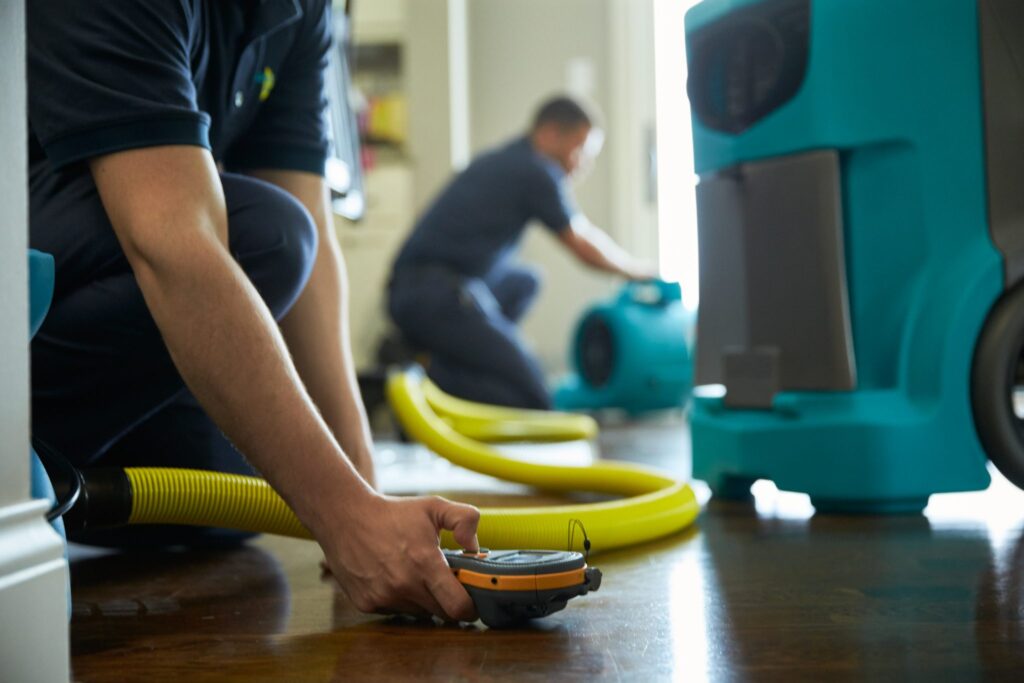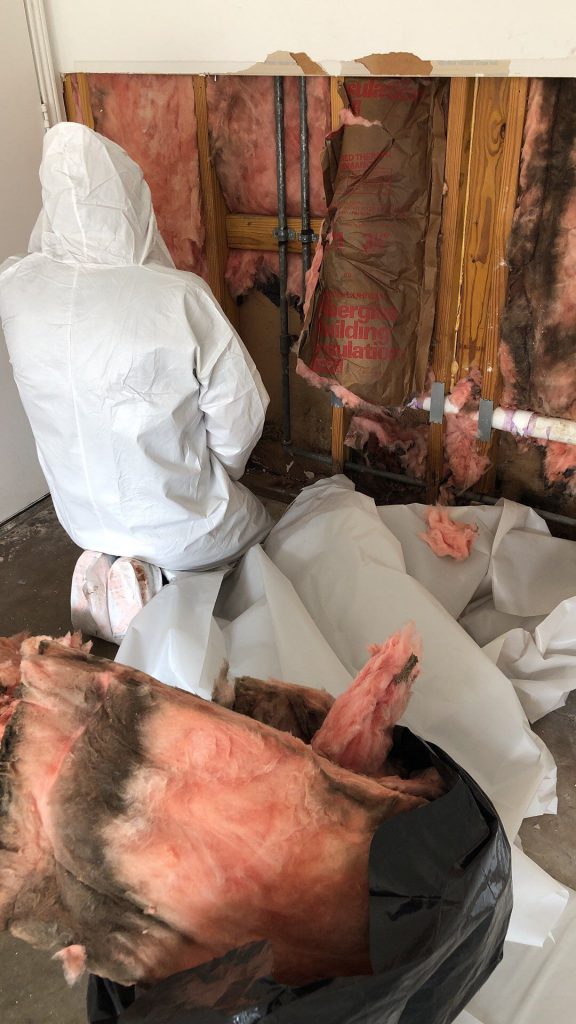Houston is no stranger to disasters. Each year, we face everything from hurricanes to fires, and each of these events can leave behind a lot of damage.
If your home or business has been affected by a disaster, it's essential to know whom to call for help. Houston disaster restoration professionals are experts in water damage, storm damage, fire and smoke damage, and mold removal. They can help get your life back to normal quickly and efficiently!
The Houston disaster restoration team at ER Contracting has years of experience helping Houston property owners recover. This article will outline the most common disasters we see and provide an overview of the disaster restoration process.

Houston is no stranger to floods, storms, and fires. Unfortunately, each of these disasters can cause a lot of damage to homes and businesses.
Floods are one of the most common types of disasters in Houston. They can occur due to storms, broken water pipes, or even sewage backups.
Storms are another common cause of Houston disasters. Houston is located in a hurricane zone, and we often see storms with high winds and heavy rain. These storms can cause power outages, water damage, and roof damage.
Fires are the third type of disaster our Houston disaster restoration professionals help owners deal with on their property. They can occur for various reasons, including faulty wiring, cooking fires, or even arson. For obvious reasons, fire damage and smoke damage go hand in hand, and they often include water damage from putting out the fire.
Mold damage is a common issue in Houston, as the humid climate and high moisture levels can create the perfect environment for mold to grow.
Excessive mold growth still qualifies as a disaster because of the potentially harmful effects of the spores, but mold growth happens over the course of 24-48 hours after water damage.
People often don't include mold growth as a disaster because it takes time and only shows up after a while of being left alone instead of happening quickly. It also usually follows from flood or storm damage, so it's a compounding issue after the initial disaster.
Disaster restoration is the process of repairing and restoring a property that a disaster has damaged. These broadly fall into four categories: water damage, fire and smoke damage, storm damage, and mold removal.

The water damage restoration process begins with extracting the water from the property. Water removal can be done with a pump or simply by opening windows and doors to allow the moisture to escape.
After the water has been extracted, the next step is to dry out the property. Various methods work for drying, including air movers, dehumidifiers, and heaters.
Once the property has been dried out, it's time for the repair process to begin, including repairing any damage done by the water and cleaning and sanitizing the property.
Fire damage restoration is a multi-step process that begins with assessing the damage. During this step, the fire and smoke damage restoration team will survey the property and list the damages that need to be repaired.
The next step is to secure the property. Making a property secure includes boarding up any broken windows, tarping any damaged roofs, and removing hazardous materials.
Once the property is secure, the repair process can begin. Getting the property back to pre-disaster condition includes:
The storm damage restoration process begins with assessing the situation and determining the extent of the damages.
The repair process begins after securing the property, like the fire damage restoration process. The work includes repairing any damage done by the storm, cleaning and sanitizing the property, and restoring any lost or damaged property.

The first step in restoring a property that has been affected by mold is to remediate the mold. In short, mold is in the air all around us at all times—it's when it gets to unhealthy levels that it poses a health problem. Houston disaster restoration professionals can lower mold levels using various methods, including scrubbing the mold off the surfaces, using a chemical cleaner to kill the mold, or using a HEPA vacuum to remove the spores.
After the mold returns to normal, safe levels, it's time for the repair process to begin, including repairing any damage done by the mold, cleaning and sanitizing the property to prevent mold growth, and restoring any lost or damaged property.
Each year, Houstonians face several different disasters, from hurricanes to fires. And when these disasters strike, Houston disaster restoration professionals are there to help. These professionals specialize in four main areas: water damage restoration, fire and smoke damage restoration, storm damage restoration, and mold removal.
Our Houston disaster restoration professionals are experts in all of these areas. We can help get your life back to normal quickly and efficiently! The Houston disaster restoration team at ER Contracting has years of experience helping Houston property owners recover from disasters. So give us a call or reach out via our contact page, and we'll help you with whatever disaster you're facing!